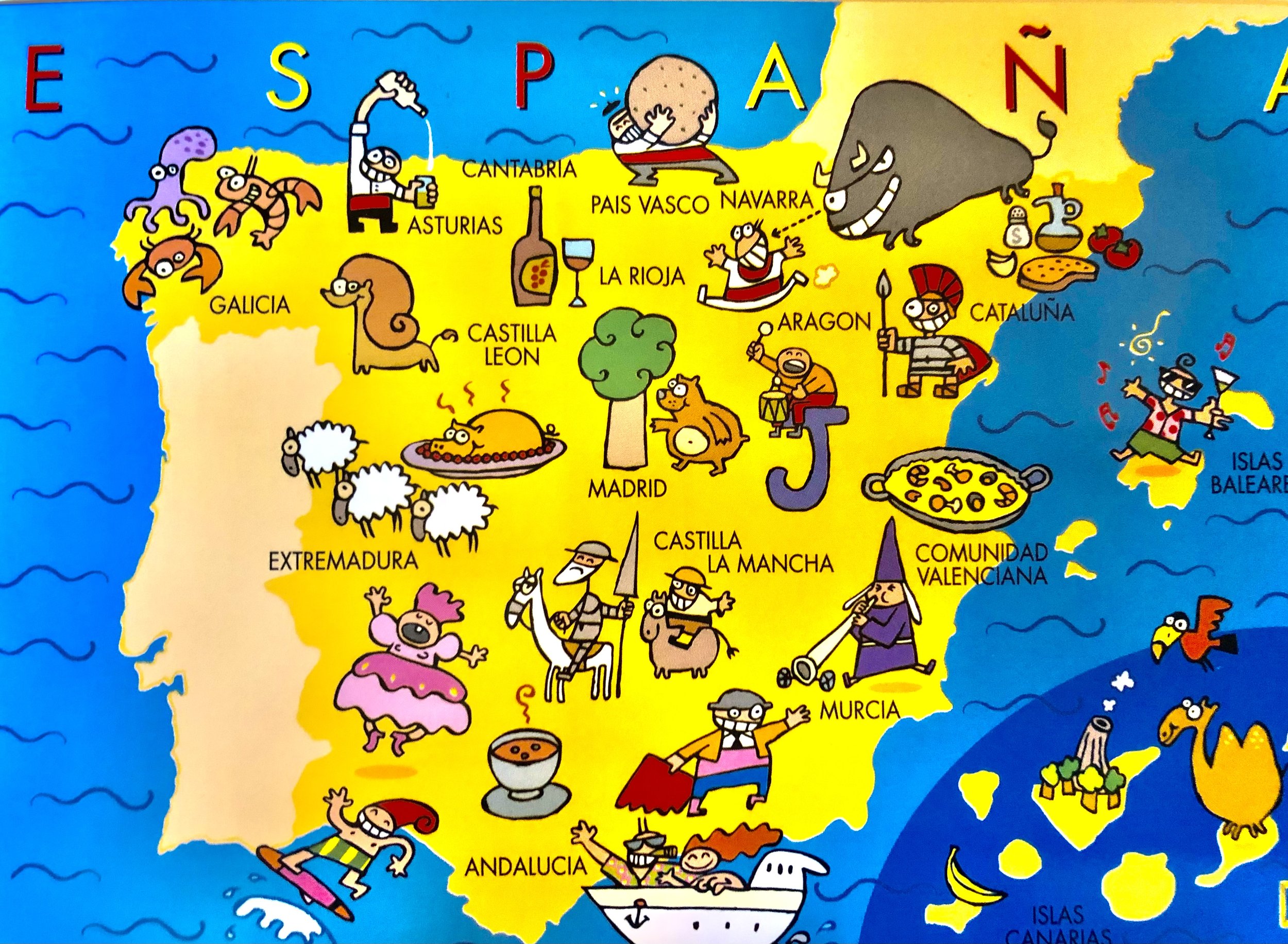Goose Barnacles
Chef, restauranter and humanitarian José Andrés has spent the past decade plus preparing meals for victims of natural disasters and at times of war through his non-profit World Central Kitchen organization. For most human beings, his seemingly superhuman efforts to fight food insecurity on a global scale would be exhaustive enough, but feeding people is his life’s passion and his work is never done.
In addition to his WCK organization, he owns restaurants across the country and beyond, each designed to tell culinary stories through food, drink, and design. They range from two 2-Michelin starred restaurants to fast food and casual eateries that include a mercado, food hall, and cocktail lounge at the Ritz Carlton Hotel in NYC. He is also passionate about sharing award-winning culinary products he has found over years while traveling around his native Spain—extra virgin olive oils, sherry vinegars, olives, tinned seafood, preserved vegetables, sauces and more.
Andrés also has a new Disney + television series “José Andrés and Family in Spain. The show follows the intrepid chef on a food tour through his homeland with his three American born and raised daughters Carlota, Inés and Lucia Andrés. AP Entertainment writer Mark Kennedy recently described the family’s travels while in Barcelona:
(Picture courtesy of Discovery + TV where “Jose Andres & Family” is now streaming)
“José Andrés and his daughters ride electric scooters around the city, popping into restaurants, markets and cafes as dad bearhugs his old culinary friends, offering a delicious insider tour that involves tapas, red shrimp, sparkling wine and croquettes.” “In Andalusia,” Kennedy continues, “they experience blue-fin tuna, a local delicacy and celebrate North African influences on regional dishes.”
For this ebullient chef, “Happiness happens when you mix different people and different colors, and different places all in one plate. Tell me what you eat, and I will tell you who you are.” As the family travels around various regions of Spain, the three Andrés daughters try their hand at baking churros and shrimp fritters called Tortillitas de camarones, milking goats harvesting salt from tide pools, and scuba diving for goose barnacles known in Spain as percebes.
The mention of barnacles instantly sent me back to my own travels with Kit in May 2008 to visit our son Hayden’s family in Madrid. It was a trip filled with culinary moments old and new for me. Hayden’s father-in-law Marcos arrived at 9 p.m., the night of a televised soccer match between Madrid Real and Barcelona. The TV tapas fare that we consumed included small plates of pâtés, green olives, jamon Serrano (cured ham), Manchego cheese—nibbled with beer or tinto (red wine) until the match ended after midnight. Marcos also brought loaves of crusty bread baked early that day in one of his five Madrid bread factories and two packages of fresh hake—a delicious, meaty fish that Hayden’s wife Ana baked with olive oil and sliced onions the following night.
On a Sunday museum outing with the family, we met Marcos and Ana’s mother, Azucena, for a meal of rotisserie chicken and aged apple cider at the Café Mingo. It is a historic stone and wood restaurant situated near Ermita de San Antonio de la Florida—a small, neo-classical church where Spanish artist Goya painted the cupola’s immense frescos in 1789 and where he is buried. Sitting around three of Café Mingo’s outdoor street side tables with Hayden, Ana, our three grandchildren (Nicolas, Inés, and Catalina) and their Spanish Abuelos (grandparents), the colorful mixture of passersby appeared to have stepped out of a Goya fresco for a stroll in Madrid’s cool, late afternoon air.
Before leaving, Marcos pulled three plastic bags from the trunk of his—his parting “taste of Spain” for Kit and me. Once home, Hayden emptied the contents of the heavy bags into a colander and rinsed what I soon learned were goose barnacles percebes—celebrated like black truffles in southern France and morels in Missouri where we lived at the time. After photographing the strangely exotic creatures, I asked Hayden what you do with them.
“You eat them,” Hayden answered, deftly demonstrating how it is done. You first break off the barnacle’s jewel-encrusted, hoof-like foot, and then bite down on its tube-shaped extension until the interior, edible part of the barnacle emerges. Hayden assured me “it tastes like the sea” and indeed, when I sampled one, it did.
Imagining myself traveling around Spain with José Andrés and his family, I would tell them of my experiences in Madrid sampling the taste of barnacles and other Spanish delicacies like rabo de toro (the tail of a bull braised with red wine and vegetables), chinstrap (don’t ask), a smelly but utterly delicious cheese with a name I’ve forgotten, a lovely almond tart, and an apple cheesecake that was pure ambrosia.
A meal is never just a plate of food. It tells the story of who we are and where we are going. And it has the power to change the world. We are storytellers exploring the ways that food connects us all: our shared food history and food future. (JAM Jose Andres Media!)





